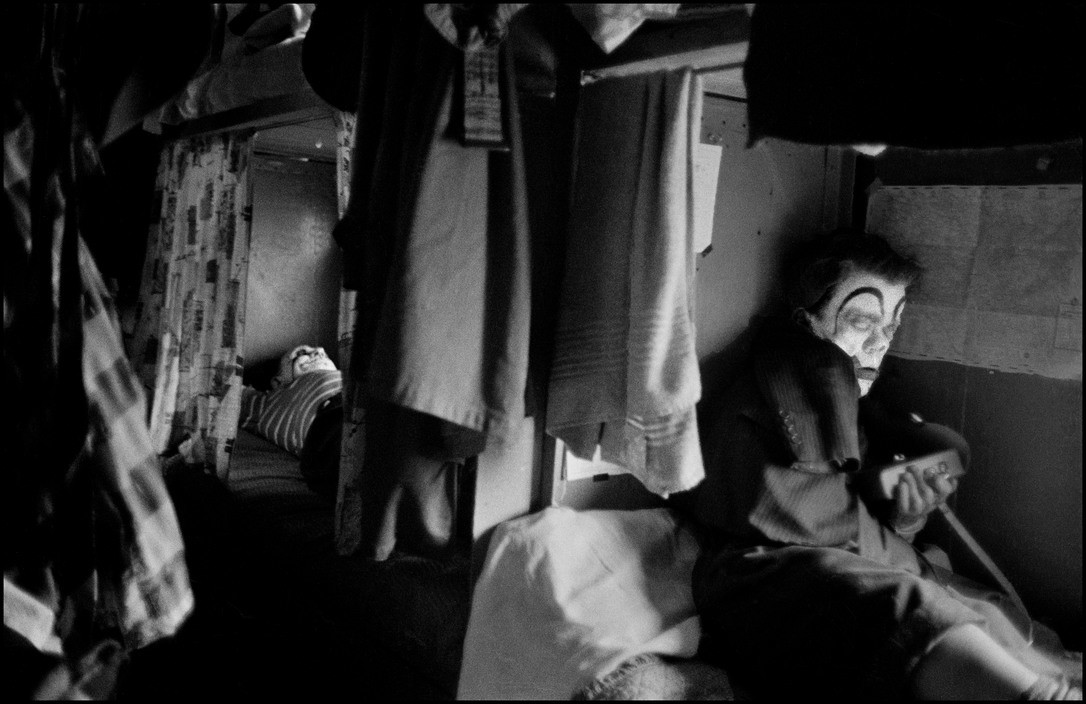“If I am looking for a story at all, it is in my relationship to the subject – the story that tells me, rather than that I tell” – Bruce Davidson
Bruce Landon Davidson is an American photographer born in 1933 in Oak Park, a suburb of Chicago . He is known for photographing communities usually hostile to outsiders. His photographs, notably those taken in Harlem, New York City, have been widely exhibited and published.

He received his first a Kodak rangefinder camera, at the age of fifteen. A camera that he was allowed to use before being given a more advanced camera for his bar mitzvah. He was employed at Austin Camera as a stock boy and was approached by local news photographer Al Cox, who taught him the technical nuances of photography, in addition to lighting and printing skills including dye transfer colour. His artistic influences included Robert Frank, Eugene Smith, and Henri Cartier-Bresson.
While attending Rochester Institute of Technology and Yale University, he continued to further his knowledge and develop his passion. After one semester at Yale, Davidson was drafted into the US Army, where he served in the Signal Corps at Fort Huachuca, Arizona, attached to the post’s photo pool.
Initially, he was given routine photo assignments. An editor of the post’s newspaper, recognising his talents, asked that he be permanently assigned to the newspaper. There, given a certain degree of autonomy, he was allowed to further hone his talents.
The Army posted Davidson to Supreme Headquarters Allied Powers in Europe, just outside Paris; and, in bohemian Montmartre, he photographed the widow of the impressionist painter Leon Fauché with her husband’s paintings in an archetypal garret. She was old enough to have known Toulouse-Lautrec, Renoir and Gauguin.
Davidson’s resulting photo-essay, Widow of Montmartre, was published in Esquire in 1958. The series impressed Henri Cartier-Bresson, who became a personal friend and facilitated Davidson’s induction into Magnum Photos.
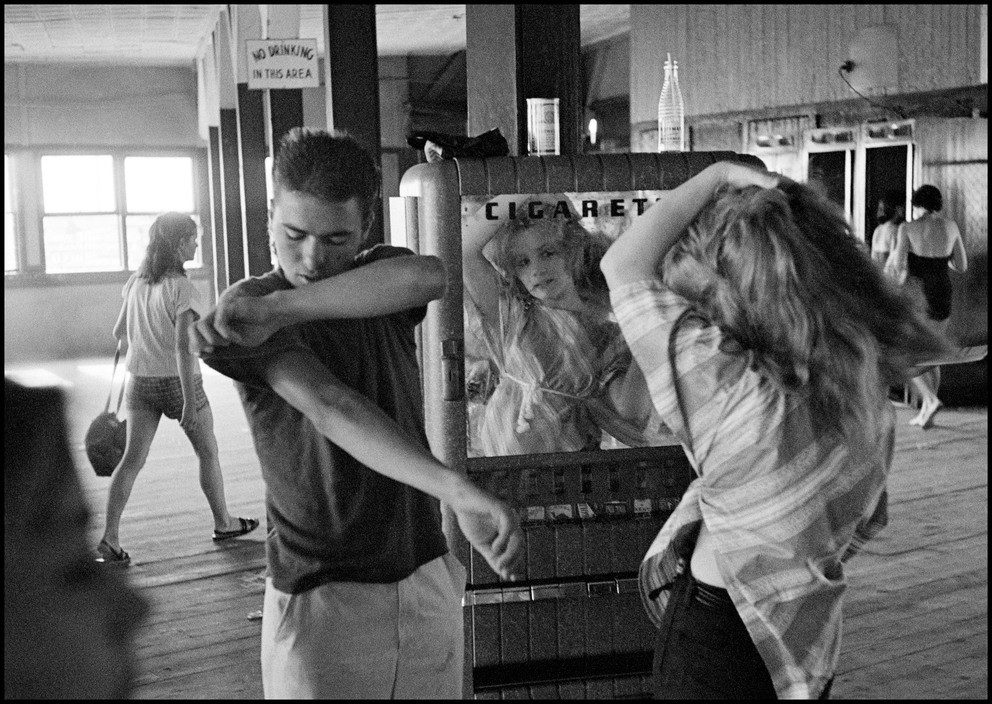

After his military service, in 1957, Davidson worked briefly as a freelance photographer.
In 1958, he became an associate member of the Magnum Photos agency and a full member a year later. During the summer of 1959 and coincidentally only two years after the premiere of West Side Story, through a social worker he made contact with homeless, troubled teenagers who called themselves the Jokers, and after photographing them over 11 months produced Brooklyn Gang. Their leader was also the subject of extensive interviews by Davidson’s Emily Haas, later published with his photographs.
When in 1960 Queen magazine invited him to Britain for two months, he documented the idiosyncratic stoicism of the natives of the islands from an American perspective.
Through the agency in 1961 he received his first assignment to photograph high fashion for Vogue, and was assigned by The New York Times to cover the Freedom Riders in the South.
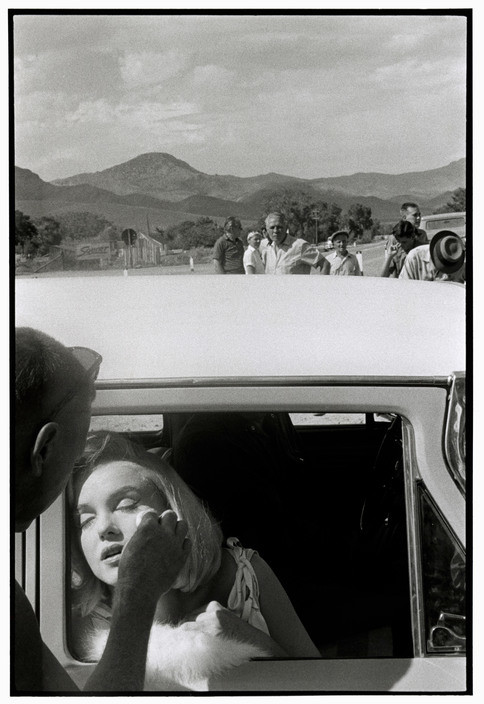
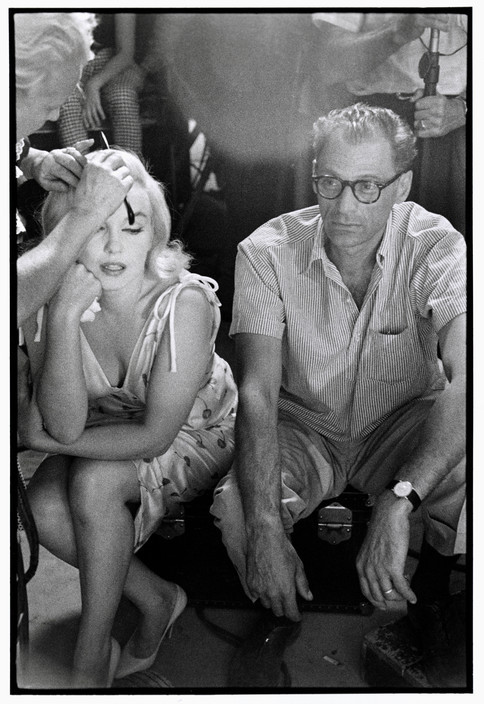

He received a Guggenheim Fellowship in 1962 and created a profound documentation of the civil rights movement in America. In 1963, the Museum of Modern Art in New York presented his early work in a solo show.
In 1967, he received the first grant for photography from the National Endowment for the Arts, having spent two years witnessing the dire social conditions on one block in East Harlem. This work was published by Harvard University Press in 1970 under the title East 100th Street and was later republished and expanded by St. Ann’s Press. The work became an exhibition that same year at the Museum of Modern Art in New York. In 1980, he captured the vitality of the New York Metro’s underworld that was later published in a book, Subway, and exhibited at the International Center of Photography in 1982. From 1991-95, he photographed the landscape and layers of life in Central Park. In 2006, he completed a series of photographs titled “The Nature of Paris,” many of which have been shown and acquired by the American Academy of Arts and Letters.
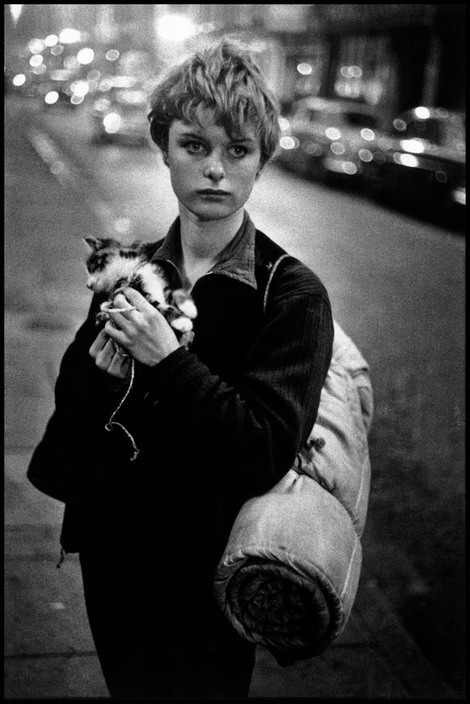

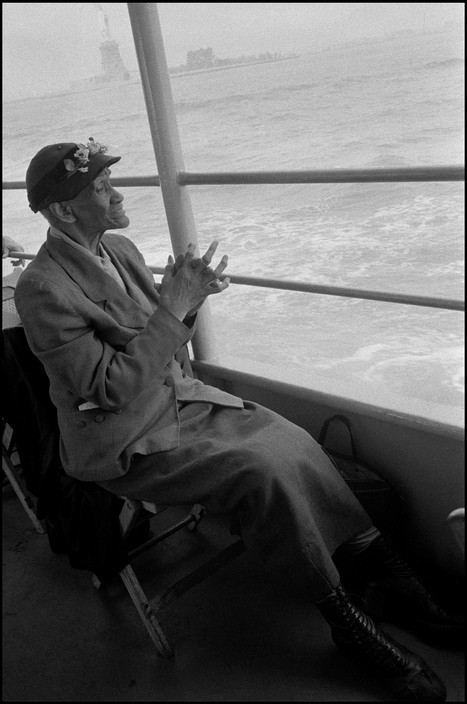
The Freedom Riders assignment in the South led Davidson to undertake a documentary project on the civil rights movement. From 1961 to 1965, he chronicled its events and effects around the country. A number were shown in the 1965 Smithsonian Institution exhibition project Profile of Poverty, produced by the Office of Economic Opportunity (OEO) in support of the antipoverty programs of the 1960s.
President Johnson assembled the ‘White House Photography Program,’ headed by MoMA’s John Szarkowski, through which Davidson’s project was used to humanise the poor and demonstrate the urgency of government action. In support of the project, Davidson received a Guggenheim Fellowship in 1961, and the project was displayed in 1963 at the Museum of Modern Art in New York; and curator John Szarkowski included pictures from the project in a 1966 solo exhibition, and they were also included in The Negro American, a 1966 collection of essays on the status of African-Americans. Upon the completion of his documentation of the civil rights movement, Davidson received the first ever photography grant from the National Endowment for the Arts.
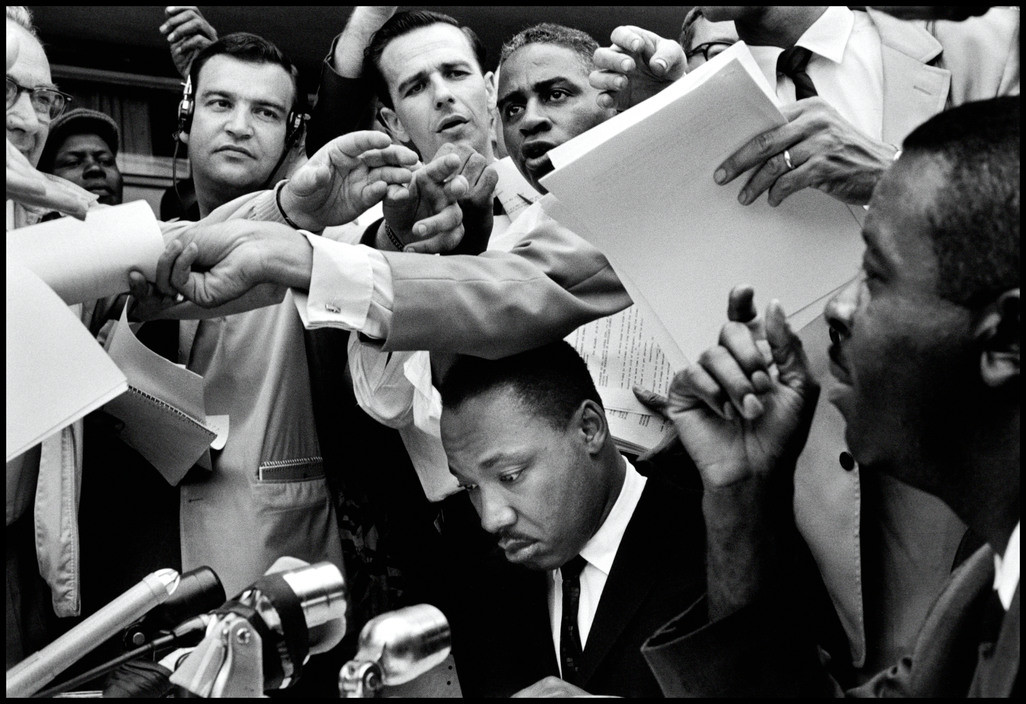


In 1964 Davidson became an instructor at the School of Visual Arts, New York (thereafter giving private workshops in his own studio/darkroom), and continued to produce features for Vogue; Philip Johnson in his glass house, Andy Warhol in his loft, Cristina Ford in her backyard, and offered a photography workshop from his Greenwich Village studio. He produced a story on a “topless” restaurant in San Francisco for Esquire (1965), then later in the year traveled to Wales for a Holiday magazine assignment to photograph castles and also covered the coal mining industry in South Wales.
In 1980, he captured the vitality of the New York Metro’s underworld that was later published in a book, Subway, and exhibited at the International Center of Photography in 1982. From 1991-95, he photographed the landscape and layers of life in Central Park. In 2006, he completed a series of photographs titled “The Nature of Paris,” many of which have been shown and acquired by the American Academy of Arts and Letters.
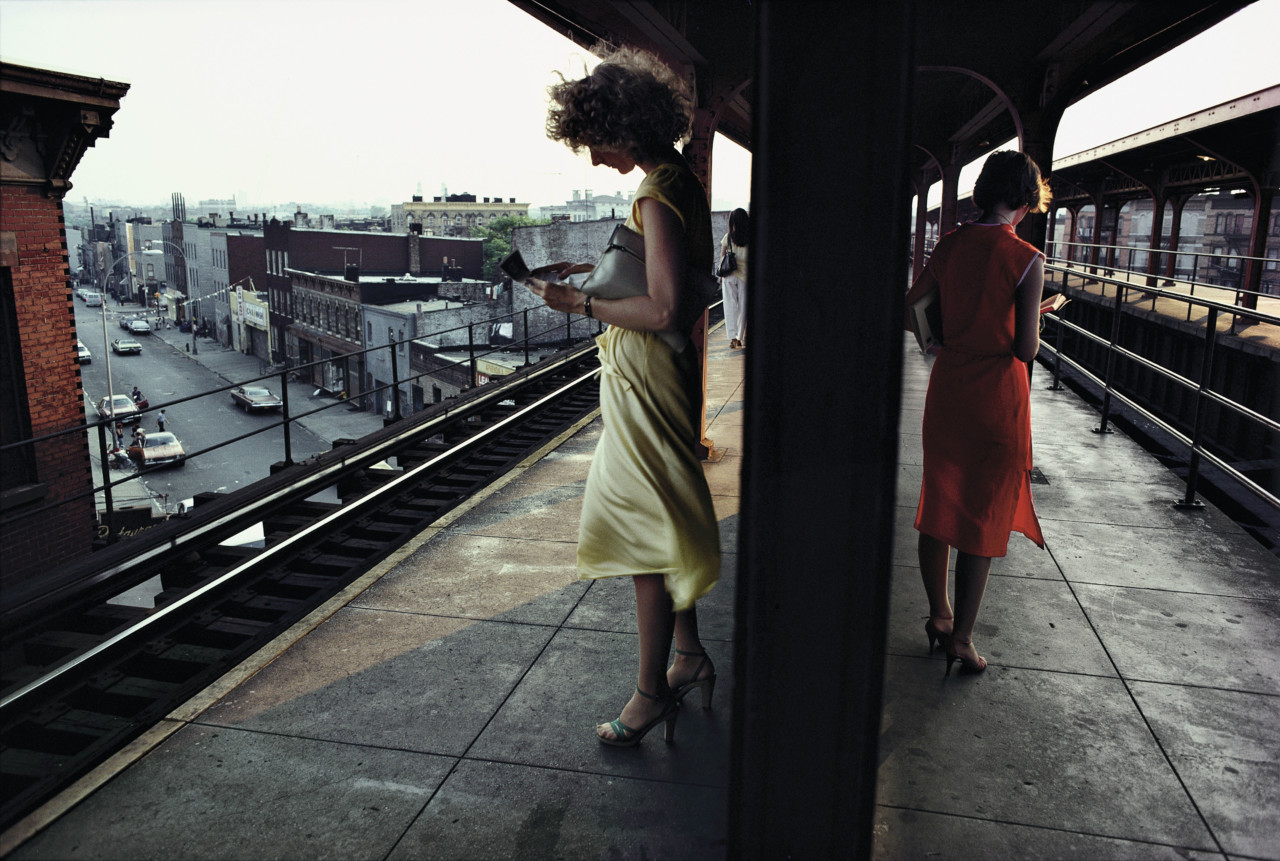

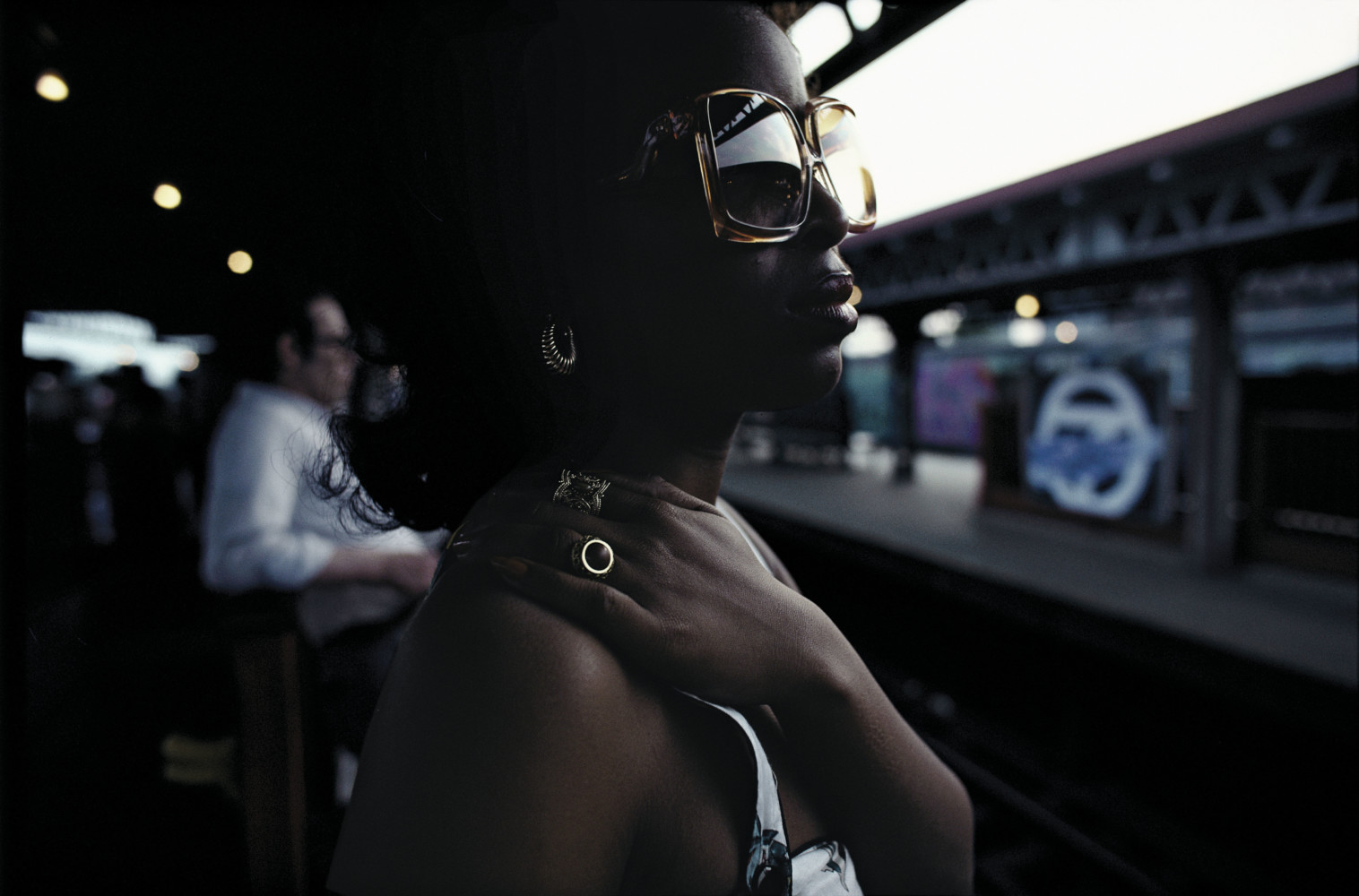
Davidson received an Open Society Institute Individual Fellowship in 1998 to return to East 100th Street His awards include the Lucie Award for Outstanding Achievement in Documentary Photography in 2004 and a Gold Medal Lifetime Achievement Award from the National Arts Club in 2007. Classic bodies of work from his 50-year career have been extensively published in monographs and are included in many major public and private fine art collections around the world. He continues to photograph and produce new bodies of work.
